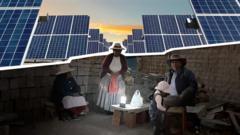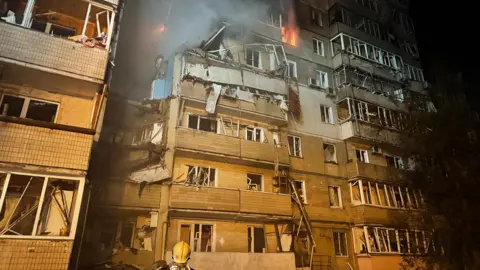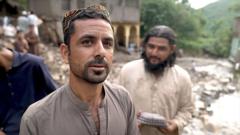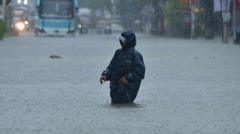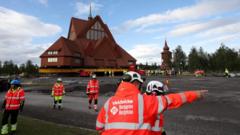Residents of Pampa Clemesí, in southern Peru, rely on flashlights to navigate the darkness of their village, despite living next to one of Latin America’s largest solar complexes. Each day, Rosa Chamami awakens to the sight of flames emerging from cardboard scraps in her yard, remnants of the boxes that once held the 800,000 solar panels installed nearby at the Rubí and Clemesí plants. Together, these facilities form a part of the country's largest solar project, generating enough electricity to power 351,000 homes.
Yet, the 150 residents of Pampa Clemesí find themselves in complete darkness. While a few residents have received solar panels from the Rubí plant’s operator, Orygen, most cannot afford the necessary batteries and converters, leaving them reliant on torches or in complete blackness at night. The stark contrast between the abundant power generated just a stone's throw away and the lack of access in the village highlights a significant systemic issue.
While Peru enjoys a renewable energy boom, with a 96% increase in renewable electricity generation in 2024, the realities of remote communities like Pampa Clemesí remain starkly different. Carlos Gordillo, an energy expert, argues that the energy system prioritizes profitability over connecting sparsely populated areas to the grid.
In response, Orygen insists it has met its commitments to electrify Pampa Clemesí and completed a dedicated power line for the village. However, the final connection to individual homes is the responsibility of the government’s Ministry of Mines and Energy, which has yet to begin laying the necessary wiring.
The residents struggle daily with the lack of basic infrastructure—Rosa’s house lacks any electrical outlets, and she often seeks out neighbors to charge her phone. The struggle for basic needs amplifies as she recounts her reliance on others for small acts of connectivity.
The village’s community is one born from recycled materials, with many homes built from scrap from the solar plant. Pedro Chará, a long-time resident, expresses the community's frustration as many left during the COVID-19 pandemic due to insufficient infrastructure, leaving just a handful of residents behind.
As twilight falls, Rosa gathers with neighbors to share a meal, their only light a solar-powered torch. With no refrigeration capabilities, they often eat what can be stored at room temperature. The isolation feels palpable, and Rosa captures the essence of their plight, stating: “If we had electricity, people would come back. We stayed because we had no choice. But with light, we could build a future.”
As darkness envelops Pampa Clemesí each night, its residents are left to wonder if and when the government will take the necessary steps to connect them to the electricity they need and deserve. Despite the challenges, Rosa remains hopeful: “Because of the sun, we always have the sun.”

